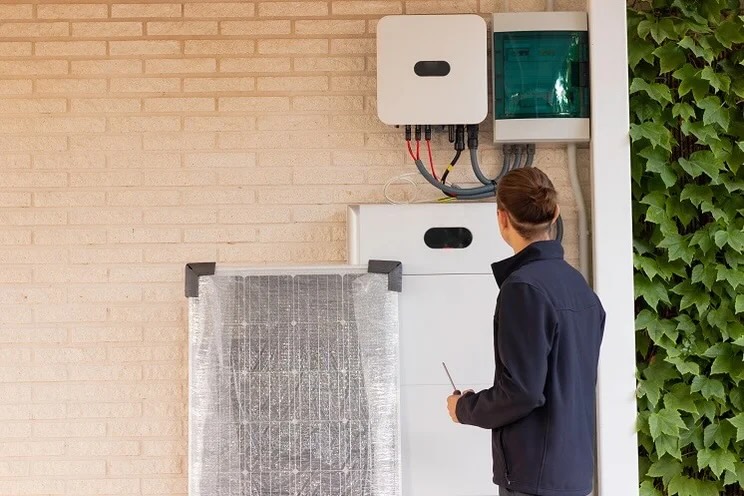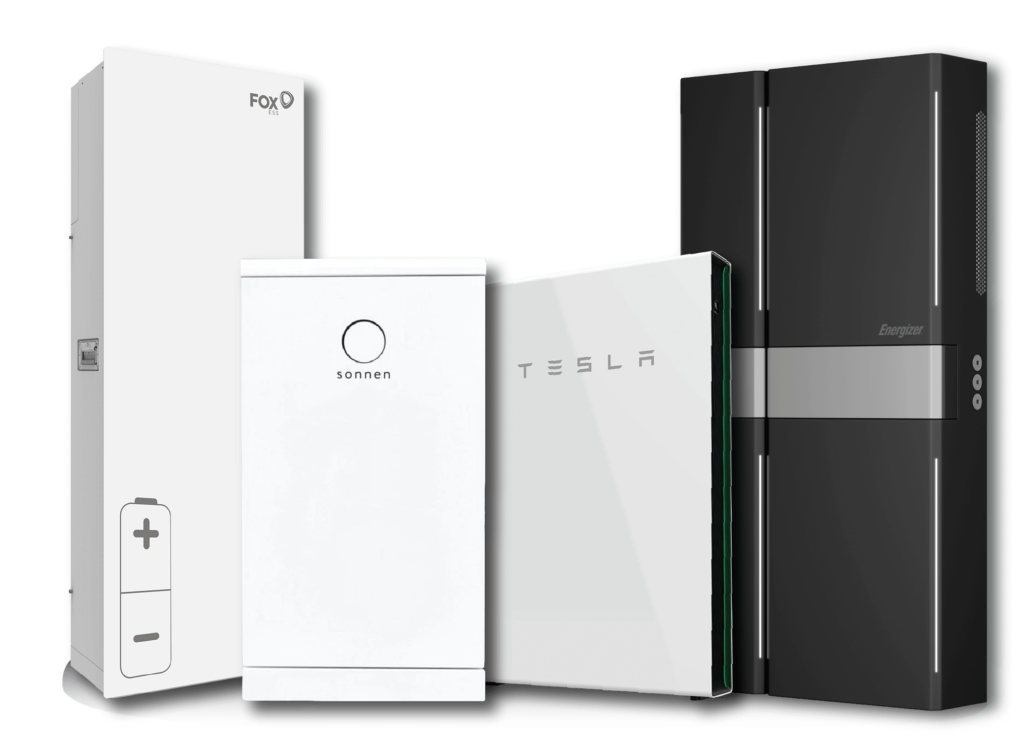The Victorian Minimum Feed-In Tariff for 2025–26 is set to change, affecting homeowners and businesses that generate solar energy. Understanding these adjustments is essential for anyone relying on solar exports to the grid. The new rates will influence financial returns and energy consumption strategies.

What Is the Feed-In Tariff?
The feed-in tariff (FiT) is the amount energy retailers pay solar system owners for excess electricity exported to the grid. The Essential Services Commission (ESC) reviews and sets these rates annually. As more households and businesses adopt solar energy, changes to the FiT reflect fluctuations in the wholesale electricity market and supply-demand dynamics.
Victorian Minimum Feed-In Tariff for 2025–26
The new FiT rates, effective 1 July 2025, are significantly lower than previous years. The ESC has announced the following minimum rates. Electricity retailers can offer a flat rate feed-in tariff or two time-varying feed-in options. The feed-in tariff rates electricity retailers offer must be at or above the minimum.
Flat Rate Tariff
The Victorian minimum feed-in tariff for 2025–26 is 0.04 cents per kiloWatt hour. The flat rate minimum feed-in tariff is the same any time of day or day of the week.
Time-Varying Tarrifs – Option 1
| Overnight | Day | Early Evening |
| Weekdays: 10 pm to 7 am Weekends: 10 pm to 7 am | Weekdays: 7 am to 3 pm, 9 pm to 10 pm Weekends: 7 am to 10 pm | Weekdays: 3 pm to 9 pm Weekends: N/A |
| 7.55 c/kWh | 0.00 c/kWh | 5.91 c/kWh |
Time-Varying Tariffs – Option 2
| Shoulder | Off-Peak | Peak |
| Every day: 9 pm to 10 am 2 pm to 4 pm | Every day: 10 am to 2 pm | Every day: 4 pm to 9 pm |
| 1.42 c/kWh | 0.00 c/kWh | 6.57 c/kWh |
These rates indicate that exported solar power during the day will earn minimal returns, while evening exports remain slightly higher.
Why Is the FiT Decreasing?
Several factors have contributed to the reduction in feed-in tariff rates:
Lower Wholesale Electricity Prices
Increased solar energy production during the day has driven down daytime wholesale electricity prices. As a result, the value of exported solar power has diminished.
High Solar Penetration
Victoria has seen a surge in rooftop solar energy adoption. With more homes feeding power into the grid, excess supply has lowered the demand for additional electricity exports.
Market Dynamics
The energy market now encourages self-consumption rather than exporting electricity. As FiT rates decline, homeowners are urged to use more of their generated power instead of selling it back to the grid.
How Will These Changes Affect Solar Owners?
The new FiT rates will impact solar system owners in multiple ways. Adapting to these changes will be necessary to maintain financial benefits from solar energy investments.
Lower Returns on Exported Electricity
Homeowners relying on feed-in tariffs to offset electricity bills will experience reduced financial returns. Maximising self-consumption of solar energy will become even more important.
Extended Payback Periods
Lower FiT rates mean that solar systems may take longer to pay for themselves. Previously, high FiT rates helped homeowners recover installation costs faster.
Greater Incentive for Battery Storage
With minimal returns from daytime exports, battery storage systems become an attractive option. Storing excess solar energy for later use can help homeowners avoid purchasing electricity at higher rates during peak hours.

How to Maximise Savings with the New Feed-In Tariff
To minimise the impact of reduced FiT rates, homeowners should focus on self-consumption and energy efficiency.
Use Solar Power During the Day
Running major appliances like washing machines, dishwashers, and air conditioning systems during peak solar production hours ensures that solar energy is used instead of being exported at low rates.
Invest in Battery Storage
Battery storage systems allow excess solar energy to be used later, particularly during evening peak hours when electricity prices are higher.
Compare Electricity Retailers
Although the ESC sets minimum FiT rates, some energy retailers may offer higher payments for exported electricity. Shopping around for the best provider can help improve financial returns.
Try comparing energy plans here: compare.3quotes.com.au/energy
Monitor Energy Usage
Using smart meters and energy monitoring tools helps homeowners track consumption patterns. Adjusting usage to align with peak solar generation can maximise benefits.
Are There Any Alternative Incentives?
Victoria offers several rebates and incentives that can offset the impact of declining FiT rates:
- Solar Homes Program: Provides rebates for eligible households installing new solar panel systems. Learn more here.
- Solar Battery Rebate: Encourages battery adoption to improve energy independence. Learn more here.
- Small-Scale Technology Certificates (STCs): Reduce the upfront cost of solar installations.
These incentives help homeowners optimise their solar energy investments despite lower FiT rates.
What the Future Holds for Feed-In Tariffs
As more homes adopt solar energy, feed-in tariffs are expected to continue declining. The focus will shift toward maximising self-consumption and energy storage solutions. Future FiT rates will likely depend on wholesale electricity market trends and government policies.
Conclusion
The Victorian minimum feed-in tariff for 2025–26 brings significant changes for solar owners. Lower export rates make self-consumption and battery storage more important than ever. By adjusting energy habits, exploring alternative incentives, and staying informed about market trends, homeowners can continue to benefit from solar energy despite the lower tariffs.
Keeping track of government policies and energy provider offers will be key to making the most of solar energy investments in the future.